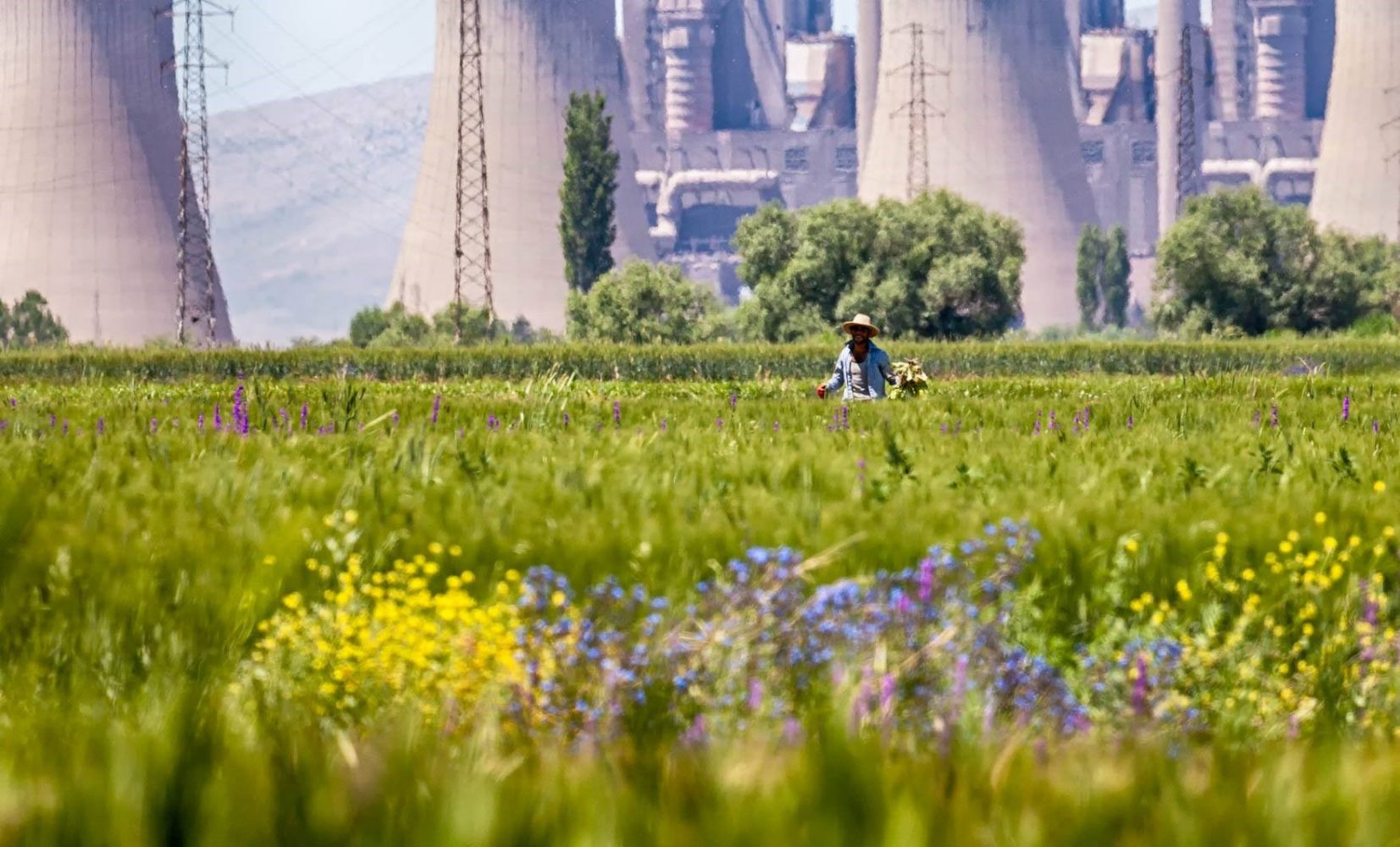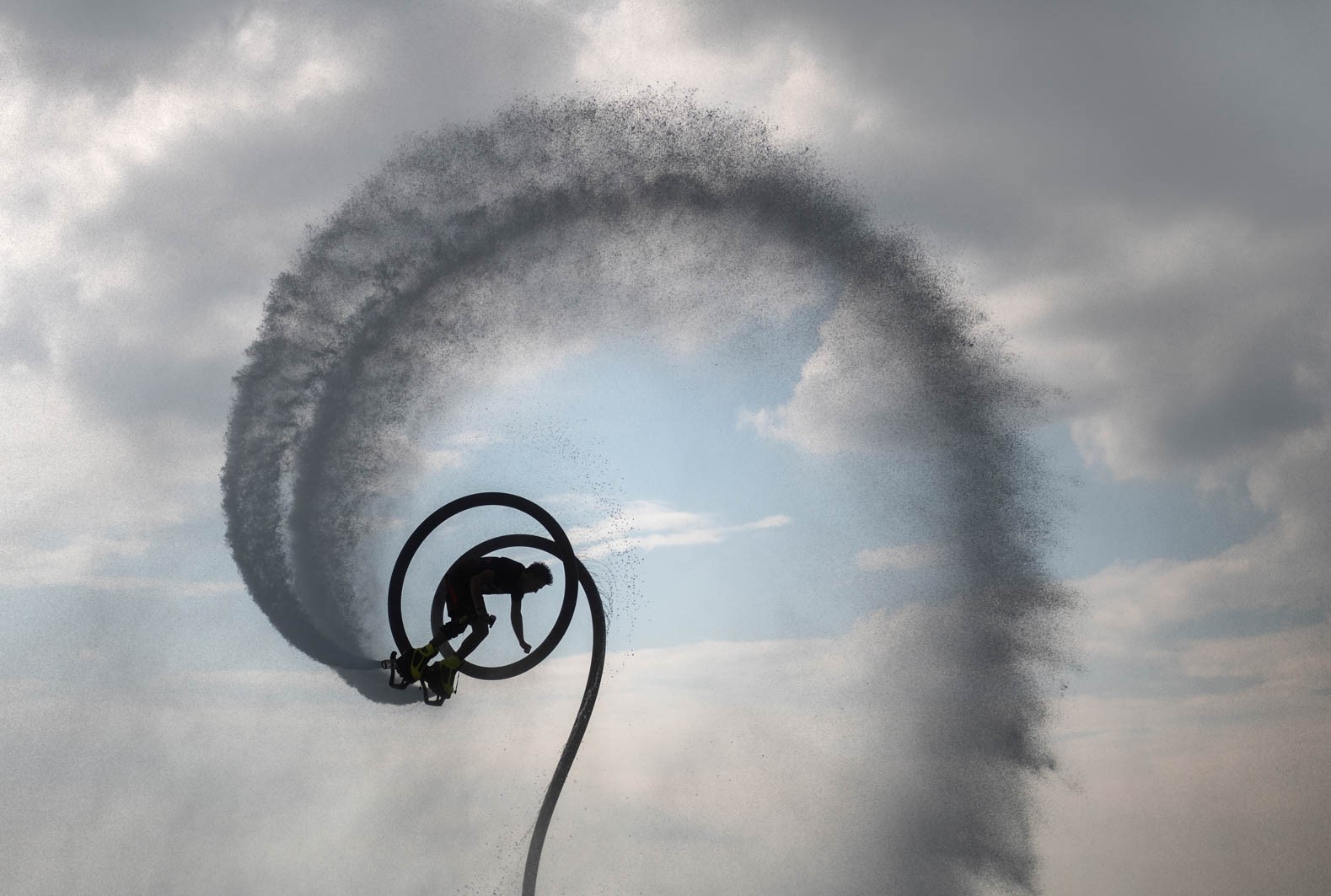
Atom Inspires
back to contentsTurkish photographers are among the winners of ASE Photo Awards 2020, an international photo contest organized by the Rosatom engineering division. The award ceremony took place in Moscow in December. Names of the photographers and the best photos selected by the jury were announced online.
The contestants included over 400 photographers from the countries constructing or operating Russian-designed nuclear power plants — Bangladesh, India, China, Egypt, Hungary, Finland, Turkey, Bulgaria, Slovakia, Belarus, Uzbekistan, and Russia.
This year, the photographers competed in six categories titled My Country, Still Frame, Dialogue with Nature, We Are What We Eat, Portrait, and Atom Is Near. Turkey was the third in terms of the number of filed applications. Two photographers from Istanbul, Alpay Erdem and Kayhan Güç, won the first prizes in the My Country and Atom Is Near categories with the pictures ‘The Turk’ and ‘Atom Is Here’, respectively. Zehra Çöplü was the third in the Still Frame category with her work ‘Flyboard.’ “Regardless of the circumstances, a photographer must be impeccable and do the best he can for a few hours of shooting. Some shots are born in the stream of life, and you will never have a chance to make another, better shot,” Alpay Erdem said in an interview to the Turkish daily Hurriyet.
Raising public awareness of nuclear science and technology is part of Rosatom’s mission. In order to make information about nuclear available to every Turkish resident, the Russian nuclear corporation has launched a Turkish-language online project titled “You’ve Got Question? We Answer. All You Wanted to Know About Nuclear Energy”. The project gives answers to the 70 most common questions about nuclear energy, ranging from the basic concepts of nuclear physics, atomic structure, radiation and radioactivity to the principles of NPP design and various practical applications of nuclear technology.
How do nuclear power plants work and what benefits do they bring? What safety measures are taken at nuclear facilities? How do people live in ‘nuclear’ cities? Is it possible to grow crops near NPPs? Where is nuclear technology used and how does it help in our daily life? Answers to these and many more questions can be read or listened to on the project website at https://www.bizimicinnukleer.com/ (Nuclear Energy for Us).
Since the project is designed for a broad audience, answers to the most challenging questions are presented in an animated format.

“All fears and concerns about nuclear energy are usually associated with the lack of knowledge among people and, as a result, with numerous myths and prejudices. Knowing this, we concentrated our efforts first on presenting fact-based information about the present-day nuclear industry and innovations being used for the benefit of humanity. Nuclear is much more than just a clean source of energy — it is also an advanced technology working to change people’s lives for the better. We are confident that our project will help learn the industry with rich history and dispel the myths that surround it,” said Alexander Voronkov, Regional Vice President and Director of Rosatom Middle East and North Africa.
Meanwhile, work at the Akkuyu site to build the country’s first nuclear power plant continues. In mid-December, the core catcher was installed in its design position in the reactor building of Akkuyu NPP Unit 2. The core catcher is a device designed to catch the corium in case of a core meltdown accident, retain it inside the containment building and prevent it from escaping into the environment.
The core catcher will protect the Akkuyu NPP from severe accidents. Earlier, a similar core catcher was installed at Akkuyu Unit 1. These devices are used at advanced Russian-designed nuclear power plants with Generation III+ VVER‑1200 reactors. Being relatively simple and easily installed, the core catcher ensures maximum safety of the reactor by improving its seismic resistance, hydrodynamic and shock strength, and resistance to floods.

In late December, the first tier of the containment building was completed at Akkuyu Unit 2. The installation took 7 days and required the use of tower cranes. Upon completion of the installation, the height of the ICS at Unit 2 reached the level of +4.950 m. During the next step, the sections of the first tier will be welded together.
The containment building is one of the key elements of the nuclear reactor’s defense-in-depth systems. Being airtight, it serves as a barrier to radioactive release.
At Unit 1, a structural support for the reactor pressure vessel was installed using a Liebherr LR13000 heavy crawler crane. The support is a 145-ton welded metal structure consisting of radial beams embedded in special-grade concrete. With an outer diameter of 9.16 m, it is made of carbon steel and designed to securely fix the reactor pressure vessel in the concrete pit. The support is capable of protecting the RPV from mechanical stresses or seismic loads in any operating mode of a nuclear power plant. The installation of the RPV support took a total of 6 weeks, including 3 weeks spent to pre-assemble the structure.
“I am pleased to note that this year we have completed all the key activities provided for in the Akkuyu NPP construction schedule. Installation of the first tier of the Unit 2 containment building and the RPV support at Unit 1 was completed in due course; the installation personnel did their job faultlessly, which was confirmed by a special acceptance commission. I am sure that next year we will continue to move forward keeping up the pace,” said Sergei Butskikh, First Deputy Director General and Director for Akkuyu Construction.




